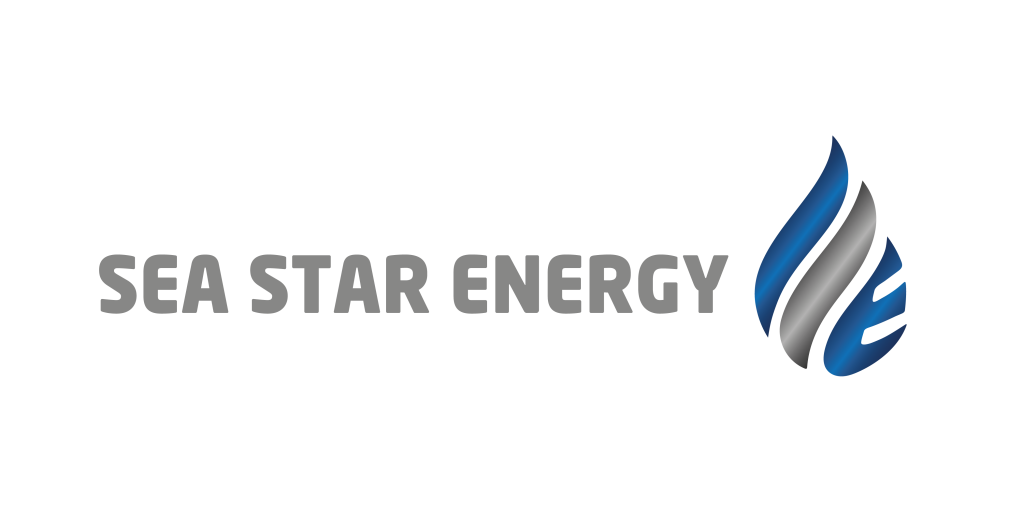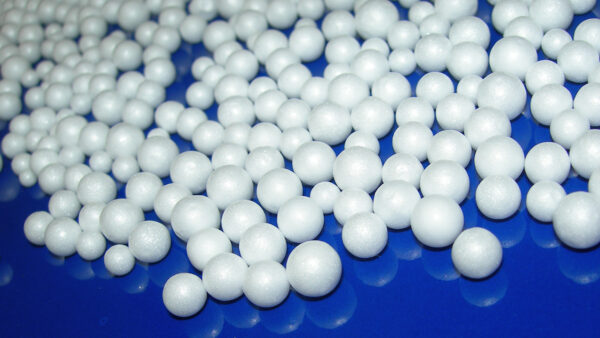polystyrene is a type of aromatic synthetic polymer that is created from styrene monomer and is actually a liquid hydrocarbon and one of the petroleum derivatives. PS is solid at room temperature and has a flexible structure, but at higher temperatures it melts and can be molded. Polystyrene is currently used due to its light weight, high resistance, economy, high efficiency and high thermal insulation. Polystyrene is a transparent thermoplastic that is used to produce a wide range of consumer products. This product is available as a solid plastic and as a rigid foam material. Solid type polystyrene is used in the production of laboratory tubes, CD holders, disposable containers, food packaging, etc. In some cases, it is mixed with colored materials, additives and other plastics and used in the production of household appliances, electronic appliances, toys, vases, etc.
Basic properties of PS plastic
• It is often copolymerized with an alternating monomer to increase the heat resistance of polystyrene.
• The lack of crystallinity causes the optical transparency of polystyrene.
• Polystyrene is an excellent electrical insulator with good chemical resistance to dilute acids and bases.
• It has poor resistance to hydrocarbon solvents, oxygen and UV.
• Polystyrene has low impact strength due to the strength of the polymer backbone.
• The maximum temperature limit for long-term or continuous use is limited by lack of crystallinity and low glass transition temperature Tg = 373 K (100 degrees Celsius).
• Polystyrene has medium to high tensile strength and low impact resistance.
• The density of polystyrene can vary between 0.96 to 1.05 grams per cubic centimeter and 28 to 34 kilograms per cubic meter, depending on factors such as molecular weight, crystallinity and processing conditions.
• Types of polystyrene
Polystyrene is one of the aromatic synthetic polymers of styrene monomer, which is available in the market in three grades: normal, impact-resistant, and expansion. Different types of polystyrene are made from styrene monomer. In the following, we will explain about all of them.
• General polystyrene (GPPS)
Conventional polystyrene is a clear, hard and somewhat brittle crystalline polymer and an inexpensive thermoplastic that is derived from styrene monomer. GPPS is a solid plastic that is usually produced in 2-5 mm pellets.
• Impact resistant polystyrene (HIPS)
Impact-resistant polystyrene is a thermoplastic that has high impact resistance. HIPS polystyrene consists of 5 to 10 rubbers and is a graft copolymer with polystyrene side arms. Coupling occurs when some radicals begin to react with the polybutadiene double bonds.
• Expanded polystyrene (EPS)
Expanded polystyrene contains beads that are controlled by pentane (blowing agent). This type is widely used in packaging applications and has good processability, high impact resistance and thermal insulation.
Polystyrene applications
In general, types of polystyrene fall into four categories, which include resistant, general polystyrene (GPPS), extruded and expanded polystyrene. Each of them have their own specific uses according to their characteristics, which; Polystyrene consumers use it. Nowadays, the use of plastic containers has become very common. This product, in addition to being light and transparent, has high resistance. Therefore; It is used in the production of automobiles, sanitary ware, sports equipment and children’s toys. In the following, we have mentioned the use and properties of polystyrene in general:
packing
Features such as reasonable price, ability to contact with food, easy production process, high hardness and recyclability have made polystyrene widely used in packaging industries.
Optics industry
In light diffuser industries, they use ordinary polystyrene (GPPS) or crystal plastic materials.
Consumer goods
Polystyrene can be used to make many accessories such as toys, cutlery, lamp frames, disposable dishes, shower cabins, etc. The reason for use in these industries is due to the following features:
1. Reasonable and economical price
2. High processability
3. Its availability in different colors
4. Low density
Health and pharmaceutical industries
Polystyrene is used in the production of small parts such as laboratory tubes, petri dishes, emergency equipment, pipettes, etc. in the health and pharmaceutical industry due to its reasonable price, high resistance to chemicals, transparency and good moldability.
Building
Sandwich panels are one of the materials used in the construction industry. They use resistant polystyrene to produce these sandwiches. In fact, any plastic object can be made using HIPS. also; The hard and protective layer of the panels are of this type of polystyrene, and its inner layer is made of expanded and extruded polystyrene.

